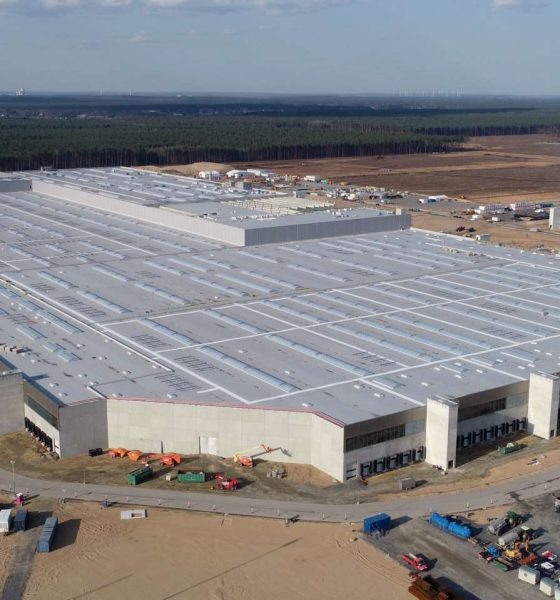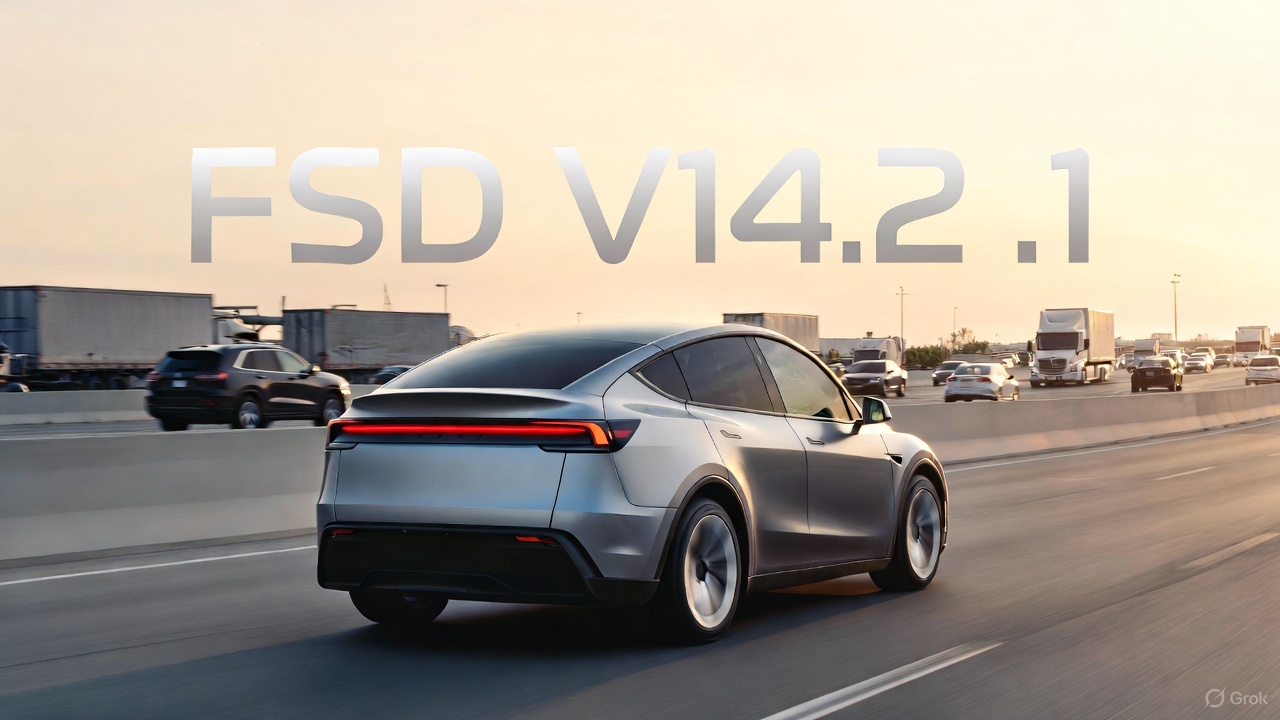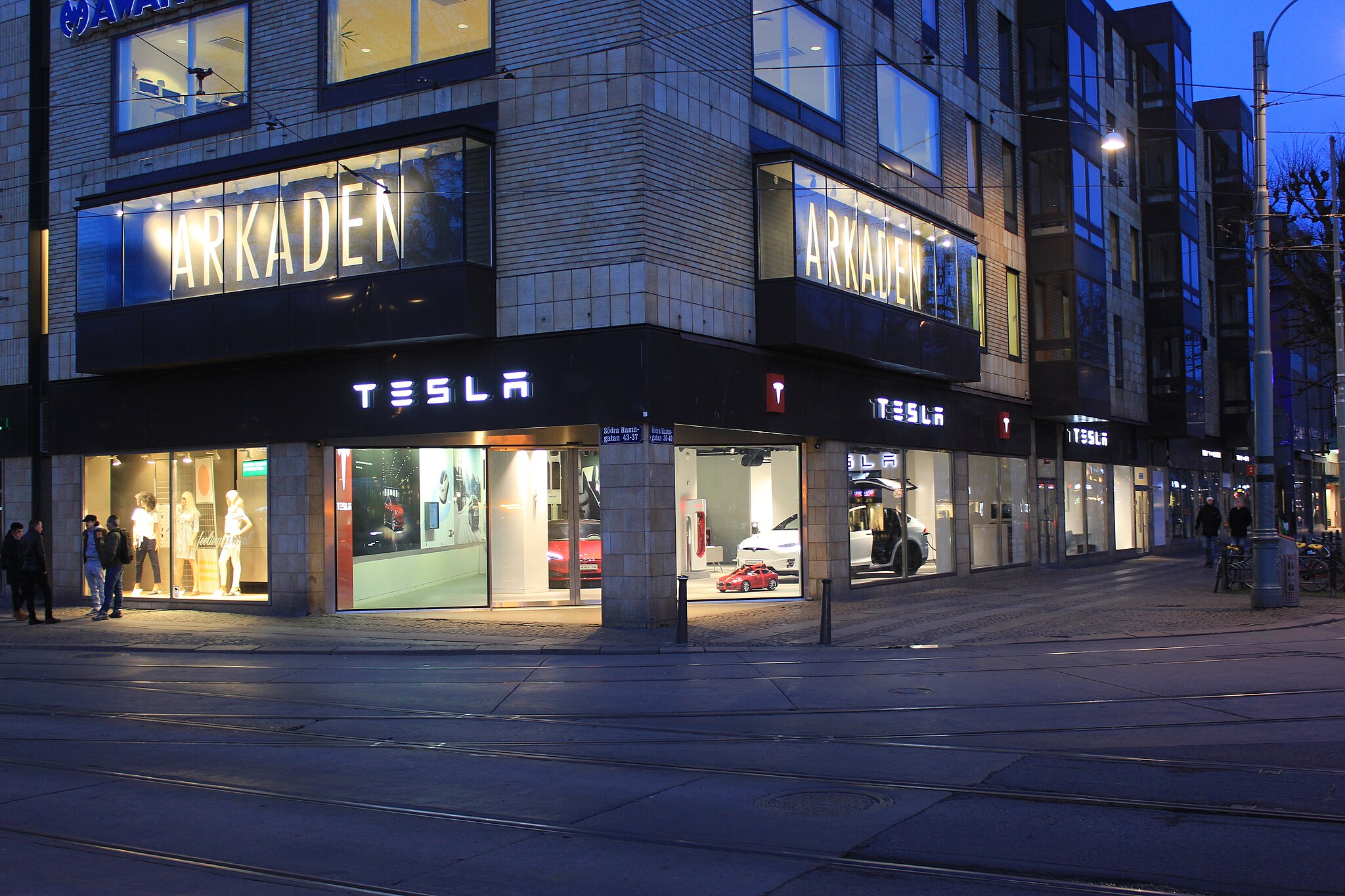

News
Tesla’s 4680 battery plant in Germany shouldn’t delay Giga Berlin’s initial production dates
Tesla’s Giga Berlin production facility is going to have a 4680 battery cell manufacturing plant on site. While some media outlets claim a delay in the Giga Berlin timeline should be expected due to the battery facility being added onto Tesla’s application, there isn’t any evidence to indicate that Tesla’s electric vehicles will be produced any later than the company expects.
The Tesla Giga Berlin production plant project has been one of the most anticipated vehicle manufacturing facilities in recent memory. But what started as Tesla’s way to introduce its products on a wider scale to the European market has become a long and drawn-out game of chess between the California automaker and German regulators. The most recent move in the plans occurred several days ago when Tesla finally decided to add its planned 4680 battery cell manufacturing plant to its application, bringing on the idea that the car company would be able to produce and install its own in-house batteries into its industry-leading electric cars.
However, the inclusion of the cell manufacturing plant in the newly revised application gives some the idea that Tesla’s project in Germany could sustain further delays. However, Teslarati sources in Germany say that the project shouldn’t incur any further delays; it will just require more deliberation on the part of the German authorities, who have the ultimate say in the project’s progress. While Tesla executives have recently voiced their discontent for the timeliness of the approval process, the sources indicate that German regulators are already talking about the inclusion of the 4680 battery factory at the Giga Berlin property, meaning the process, while deliberate, shouldn’t affect Tesla’s timeframes for initial EV production.
Tesla’s 4680 battery cells were unveiled at the company’s Battery Day in September 2020. The cells differ greatly from the 2170 cells by offering more energy, range, and power through numerous developments made by Tesla’s battery cell team.
Tesla originally planned to have Giga Berlin up and running later this year, and Summer 2021 was a timeframe that was commonly mentioned within the automaker’s plans. However, the ultimate authority who has the final say in when the electric vehicle manufacturing facility is the State Environmental Agency, who will now have to backtrack slightly as the application for Tesla’s production plant will need revisions due to the newly-included 4680 cell building will need to be considered. There is no separate application for the 4680 plant. Instead, it is simply added to the already-existing “master” application for the Giga Berlin facility.
“If this additional investment now flows into the permit application, it goes without saying that the application documents must be revised, and then the approval authorities have the last word,” Dietmar Woidke, Brandenburg’s Prime Minister, said, according to Automobilewoche. “We are well-advised to do everything we can to ensure that the entire permit for car production in Grünheide runs in a legally secure manner. The further process is currently being discussed.”
Tesla Giga Berlin’s battery factory deemed “very important” investment by minister
Woidke is a supporter of Tesla’s project and called the inclusion of the battery plant “positive news” for Germany as a whole. The plant, when finished, will provide a substantial number of employment opportunities for German citizens and will provide a healthy economic impact in the area.
German regulators have already taken their time with preliminary approvals for the facility due to refined and deliberate examinations of all elements involved. Tesla has been doing all of the work on the property without anything more than these preliminary approvals. Effectively, Tesla is running an “at-your-own-risk” construction project in Germany, and if regulators decide in a few months they do not want an electric vehicle manufacturing plant to operate in the area, Tesla will be required to bring the land back to its original state, assuming all financial risk. This scenario, while relatively unlikely, would be a blow not only to Tesla but the electric vehicle movement as a whole, as the largest EV company in the world would be extracted from the largest EV market in the world.
Tesla has likely come to the conclusion that the Summer production and delivery timeframe is not going to be achieved. In its latest Earnings Call Update Letter that was released on Monday, April 26th, the company said:
“In Europe, buildout of Gigafactory Berlin is continuing to move forward, with production and deliveries remaining on track for late 2021. Machinery for paint, stamping, castings, etc., continues to be moved into the building. In the meantime, we will continue to increase import volumes to Europe.”
However, the 4680 cell plant shouldn’t prolong Tesla’s initial vehicle manufacturing efforts. While the initial timeframes for vehicle production have been pushed back from the Summer to the end of the year, there is plenty of evidence to suggest that the 4680 plant’s inclusion will simply prolong Tesla’s construction efforts, and not necessarily the initial production effort’s start date.

News
Tesla FSD V14.2.1 is earning rave reviews from users in diverse conditions
Tesla’s Full Self-Driving (Supervised) software continues its rapid evolution, with the latest V14.2.1 update drawing widespread praise.

Tesla’s Full Self-Driving (Supervised) software continues its rapid evolution, with the latest V14.2.1 update drawing widespread praise for its smoother performance and smarter decision-making.
Videos and firsthand accounts from Tesla owners highlight V14.2.1 as an update that improves navigation responsiveness, sign recognition, and overall fluidity, among other things. Some drivers have even described it as “more alive than ever,” hinting at the system eventually feeling “sentient,” as Elon Musk has predicted.
FSD V14.2.1 first impressions
Early adopters are buzzing about how V14.2.1 feels less intrusive while staying vigilant. In a post shared on X, Tesla owner @LactoseLunatic described the update as a “huge leap forward,” adding that the system remains “incredibly assertive but still safe.”
Another Tesla driver, Devin Olsenn, who logged ~600 km on V14.2.1, reported no safety disengagements, with the car feeling “more alive than ever.” The Tesla owner noted that his wife now defaults to using FSD V14, as the system is already very smooth and refined.
Adverse weather and regulatory zones are testing grounds where V14.2.1 shines, at least according to testers in snow areas. Tesla watcher Sawyer Merritt shared a video of his first snowy drive on unplowed rural roads in New Hampshire, where FSD did great and erred on the side of caution. As per Merritt, FSD V14.2.1 was “extra cautious” but it performed well overall.
Sign recognition and freeway prowess
Sign recognition also seemed to show improvements with FSD V14.2.1. Longtime FSD tester Chuck Cook highlighted a clip from his upcoming first-impressions video, showcasing improved school zone behavior. “I think it read the signs better,” he observed, though in standard mode, it didn’t fully drop to 15 mph within the short timeframe. This nuance points to V14.2.1’s growing awareness of temporal rules, a step toward fewer false positives in dynamic environments.
FSD V14.2.1 also seems to excel in high-stress highway scenarios. Fellow FSD tester @BLKMDL3 posted a video of FSD V14.2.1 managing a multi-lane freeway closure due to a police chase-related accident. “Perfectly handles all lanes of the freeway merging into one,” the Tesla owner noted in his post on X.
FSD V14.2.1 was released on Thanksgiving, much to the pleasant surprise of Tesla owners. The update’s release notes are almost identical to the system’s previous iteration, save for one line item read, “Camera visibility can lead to increased attention monitoring sensitivity.”
News
Tesla FSD Supervised ride-alongs in Europe begin in Italy, France, and Germany
The program allows the public to hop in as a non-driving observer to witness FSD navigate urban streets firsthand.

Tesla has kicked off passenger ride-alongs for Full Self-Driving (Supervised) in Italy, France and Germany. The program allows the public to hop in as a non-driving observer to witness FSD navigate urban streets firsthand.
The program, detailed on Tesla’s event pages, arrives ahead of a potential early 2026 Dutch regulatory approval that could unlock a potential EU-wide rollout for FSD.
Hands-Off Demos
Tesla’s ride-along invites participants to “ride along in the passenger seat to experience how it handles real-world traffic & the most stressful parts of daily driving, making the roads safer for all,” as per the company’s announcement on X through its official Tesla Europe & Middle East account.
Sign-ups via localized pages offer free slots through December, with Tesla teams piloting vehicles through city streets, roundabouts and highways.
“Be one of the first to experience Full Self-Driving (Supervised) from the passenger seat. Our team will take you along as a passenger and show you how Full Self-Driving (Supervised) works under real-world road conditions,” Tesla wrote. “Discover how it reacts to live traffic and masters the most stressful parts of driving to make the roads safer for you and others. Come join us to learn how we are moving closer to a fully autonomous future.”
Building trust towards an FSD Unsupervised rollout
Tesla’s FSD (Supervised) ride-alongs could be an effective tool to build trust and get regular car buyers and commuters used to the idea of vehicles driving themselves. By seating riders shotgun, Tesla could provide participants with a front row seat to the bleeding edge of consumer-grade driverless systems.
FSD (Supervised) has already been rolled out to several countries, such as the United States, Canada, Australia, New Zealand, and partially in China. So far, FSD (Supervised) has been received positively by drivers, as it really makes driving tasks and long trips significantly easier and more pleasant.
FSD is a key safety feature as well, which became all too evident when a Tesla driving on FSD was hit by what seemed to be a meteorite in Australia. The vehicle moved safely despite the impact, though the same would likely not be true had the car been driven manually.
News
Swedish union rep pissed that Tesla is working around a postal blockade they started
Tesla Sweden is now using dozens of private residences as a way to obtain license plates for its vehicles.

Two years into their postal blockade, Swedish unions are outraged that Tesla is still able to provide its customers’ vehicles with valid plates through various clever workarounds.
Seko chairman Gabriella Lavecchia called it “embarrassing” that the world’s largest EV maker, owned by CEO Elon Musk, refuses to simply roll over and accept the unions’ demands.
Unions shocked Tesla won’t just roll over and surrender
The postal unions’ blockade began in November 2023 when Seko and IF Metall-linked unions stopped all mail to Tesla sites to force a collective agreement. License plates for Tesla vehicles instantly became the perfect pressure point, as noted in a Dagens Arbete report.
Tesla responded by implementing initiatives to work around the blockades. A recent investigation from Arbetet revealed that Tesla Sweden is now using dozens of private residences, including one employee’s parents’ house in Trångsund and a customer-relations staffer’s home in Vårby, as a way to obtain license plates for its vehicles.
Seko chairman Gabriella Lavecchia is not pleased that Tesla Sweden is working around the unions’ efforts yet again. “It is embarrassing that one of the world’s largest car companies, owned by one of the world’s richest people, has sunk this low,” she told the outlet. “Unfortunately, it is completely frivolous that such a large company conducts business in this way.”
Two years on and plates are still being received
The Swedish Transport Agency has confirmed Tesla is still using several different workarounds to overcome the unions’ blockades.
As noted by DA, Tesla Sweden previously used different addresses to receive its license plates. At one point, the electric vehicle maker used addresses for car care shops. Tesla Sweden reportedly used this strategy in Östermalm in Stockholm, as well as in Norrköping and Gothenburg.
Another strategy that Tesla Sweden reportedly implemented involved replacement plates being ordered by private individuals when vehicles change hands from Tesla to car buyers. There have also been cases where the police have reportedly issued temporary plates to Tesla vehicles.









